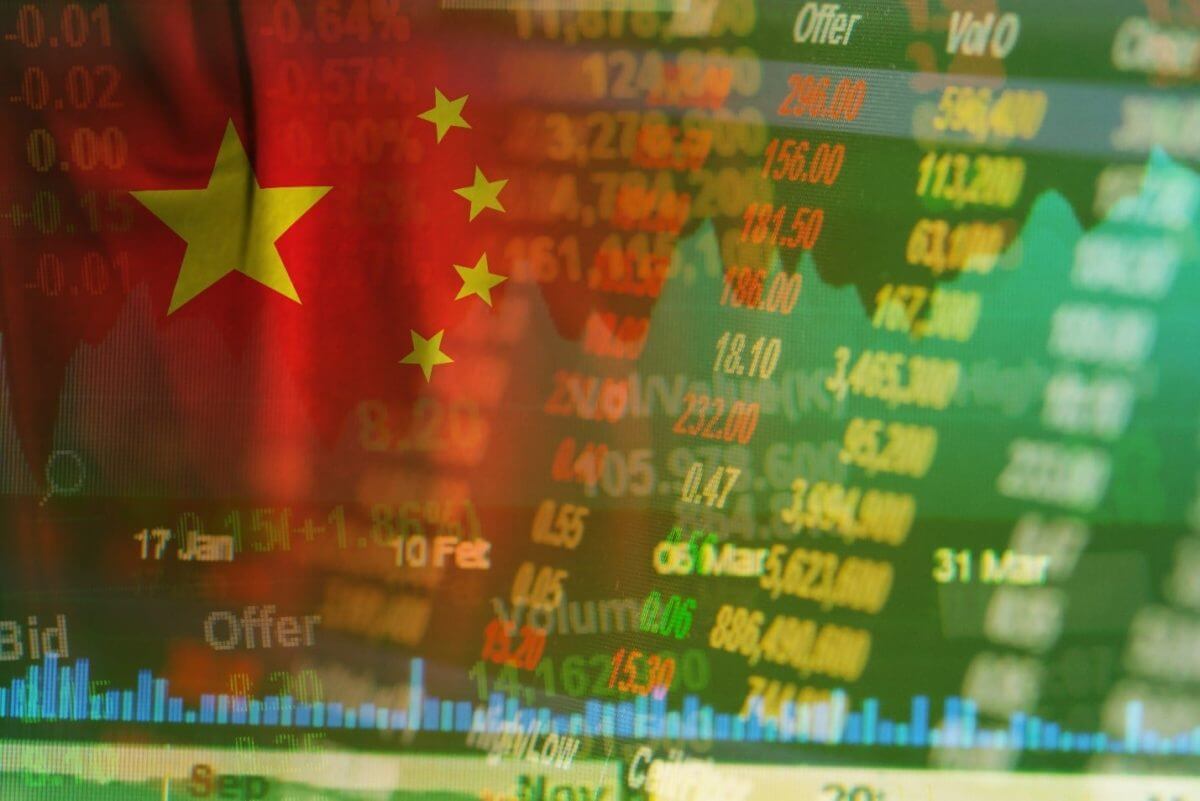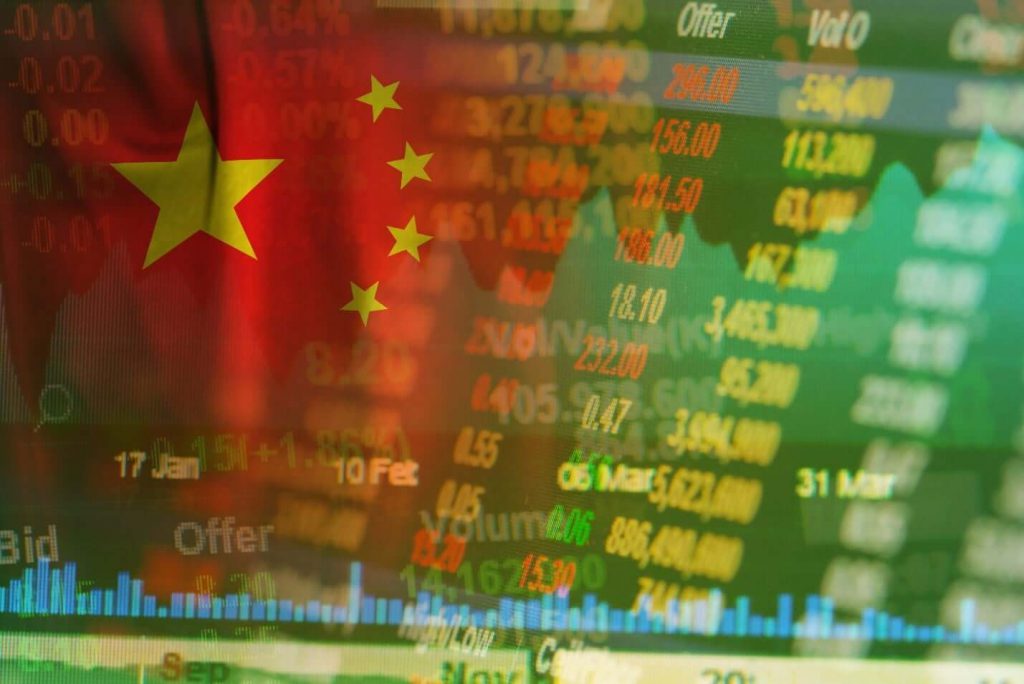
The rise in commodity prices hits China’s small businesses
The global rise in commodity prices adds another burden to China’s small businesses, after coronavirus pandemic hit them.
Chinese Premier Li Keqiang and other leaders announced at a meeting Wednesday they would increase support for privately run businesses.
On May 27, China’s statistics bureau announced industrial profit growth slowed to a 57% year-on-year rise in April, down from 92.3% in March. These figures are distorted by the contraction of the economy in the first quarter of 2020. However, the bureau announced the negative impact of increasing commodity prices, among other factors.
The cost of raw materials increased 6.8% from a year ago in April, the fastest pace in over three years. However, consumer prices gained 0.9% as pork prices declined.
Profitability for manufacturers reduced
According to Gu Shuangfei, commodities analyst at Hangzhou-based brokerage Nanhua Futures, the persistently large gap between producer prices and consumer prices has reduced profitability for manufacturers. Gy says that they can only keep normal operations by reducing other costs.
Gu added CPI is expected to remain steady in the future, given macroeconomic policies and household income levels, noting that as a result, government policy will focus on controlling raw material prices and ensuring stable business operations.
Although the economy is recovering from pandemic, authorities have repeatedly stated in the last several months that pressure on employment remains high. This week’s State Council meeting announced measures to help small businesses cope with boosting commodity prices include local subsidies for employment.
Prices for commodities, including copper and iron ore, have risen to record highs this year. Each of them is up over 20% for the year so far.
China’s monetary policy has been relatively more conservative. However, it is the world’s largest consumer of copper and other commodities, and demand from China influences prices globally. China is also home to major exchanges for trading commodities futures.


